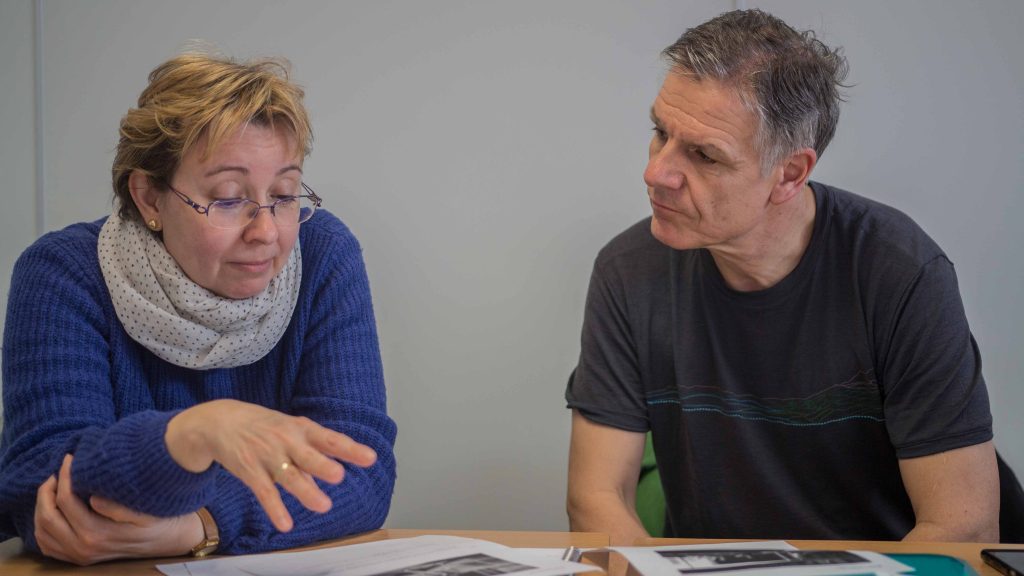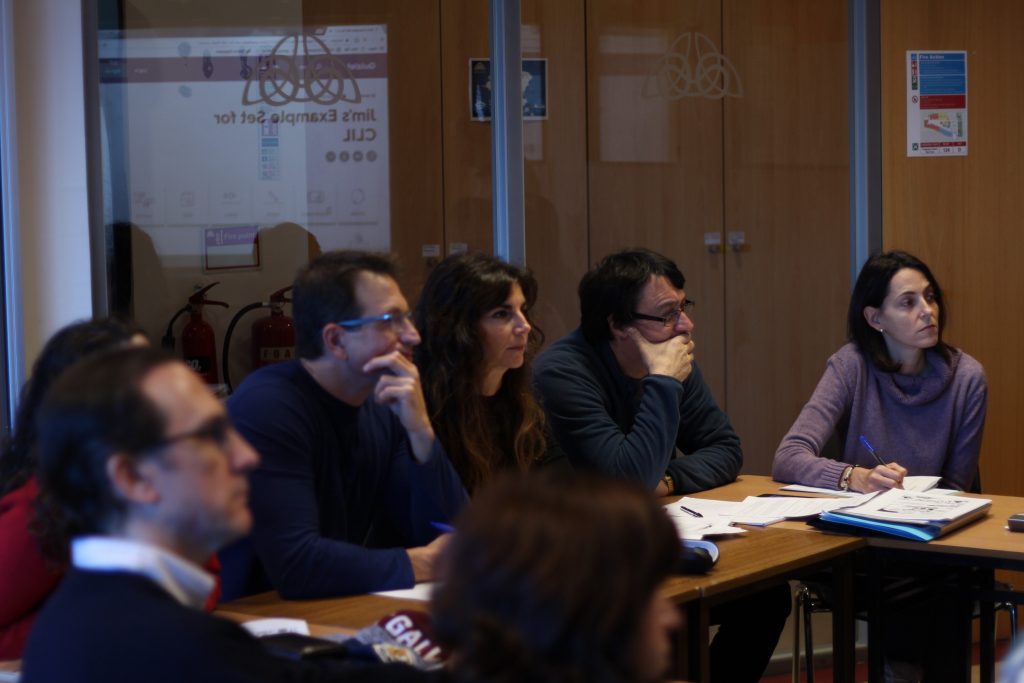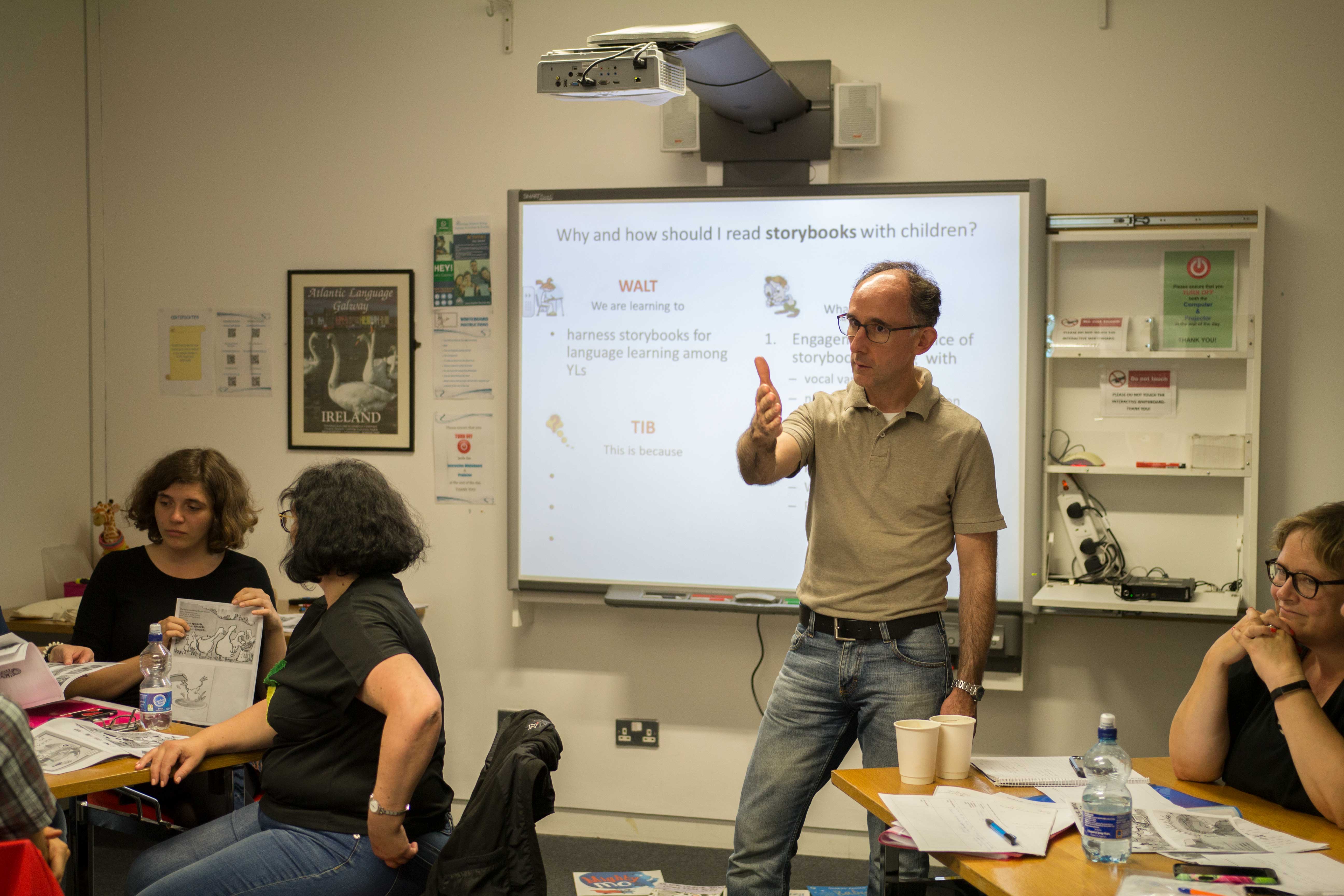DEVELOPING A CLIL APPROACH

Do you remember your favourite teacher at college? Why was it that you liked that teacher so much? Mine was Professor H, a lecturer whose classes I registered for again and again throughout the six academic semesters of my pedagogy degree course. I took the course in German, a language I spoke less than perfectly at that time. It wasn’t easy for me to put my finger on what attracted me to Prof. H’s classes. Now looking back, I think it’s because Prof H managed to create a good rapport not only with me, but with all his students. He seemed to believe that his most important role as our teacher was to motivate us; and he managed to do this by showing a huge level of interest in the subject content himself, and by showing an interest in his students; thereby developing our interest in the subject.
FACILITATING EXCHANGES IN THE CLASSROOM
He didn’t lecture to his students, but rather facilitated exchanges between us. He knew that the measure of a good lesson is not the performance of the teacher but rather the student activity taking place. Thus, he made us the actors in his lessons, researching topics, relating the contents to our world, teaching each other, interacting and sharing ideas, even suggesting how we ought to be assessed. Prof H guided and led us, ultimately delegating responsibility for the success of his students’ learning to us ourselves. We grew as thinking, learning people! In his classes I learned about the subject of pedagogy, I learned German, and I learned academic skills that are still useful to me today.
THE CLIL APPROACH
CLIL is an approach to teaching that tries to harness the spirit of such teachers as Prof H. It involves an adaptation of teaching style where subject teachers reduce their lecturing time. Instead they provide time for carefully sequenced learning tasks that increase the amount and quality of student interaction in classes. These student exchanges require the use of language in an authentic and meaningful way so the students can process the content of the lessons for themselves, and really learn. Because of the prominence of English as an international academic language, English is often selected as the CLIL language. Through the CLIL approach, students have positive learning outcomes, not only in terms of the subject content, but also in terms of the language use surrounding that subject, and in terms of transferrable learning skills such as analytical thinking, hypothesising or making deductions.

DUAL APPROACH LEARNING
Because CLIL integrates subject learning with language learning, there is an added emphasis on students expressing their subject learning in their own words. It sees language as the key element in learning; students learn the language terminology of the subject, they use language to express their ideas about the subject concepts, and they acquire academic language that they can use across the curriculum in their academic and professional careers. HEI teachers who use CLIL need to adapt their methodology, by devolving responsibility for learning to the students by motivating, engaging and entrusting their students with the content of their subjects. Such teachers will be as fondly remembered as Prof. H.

